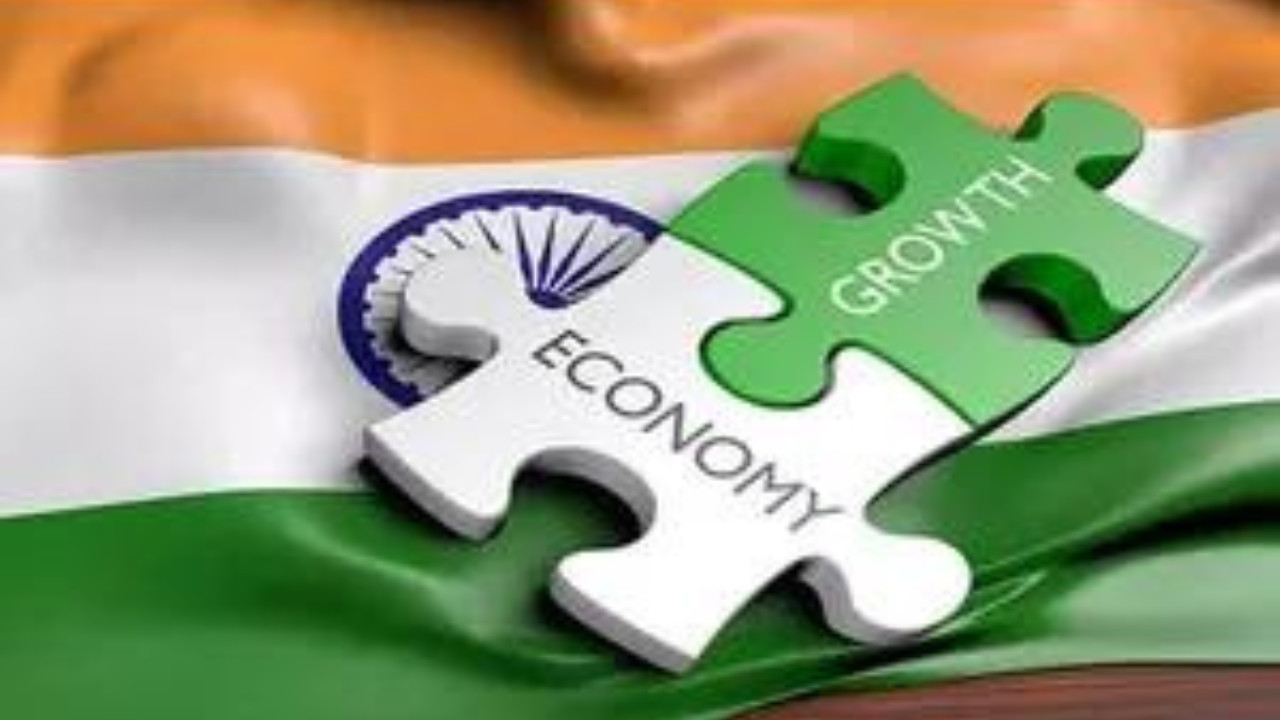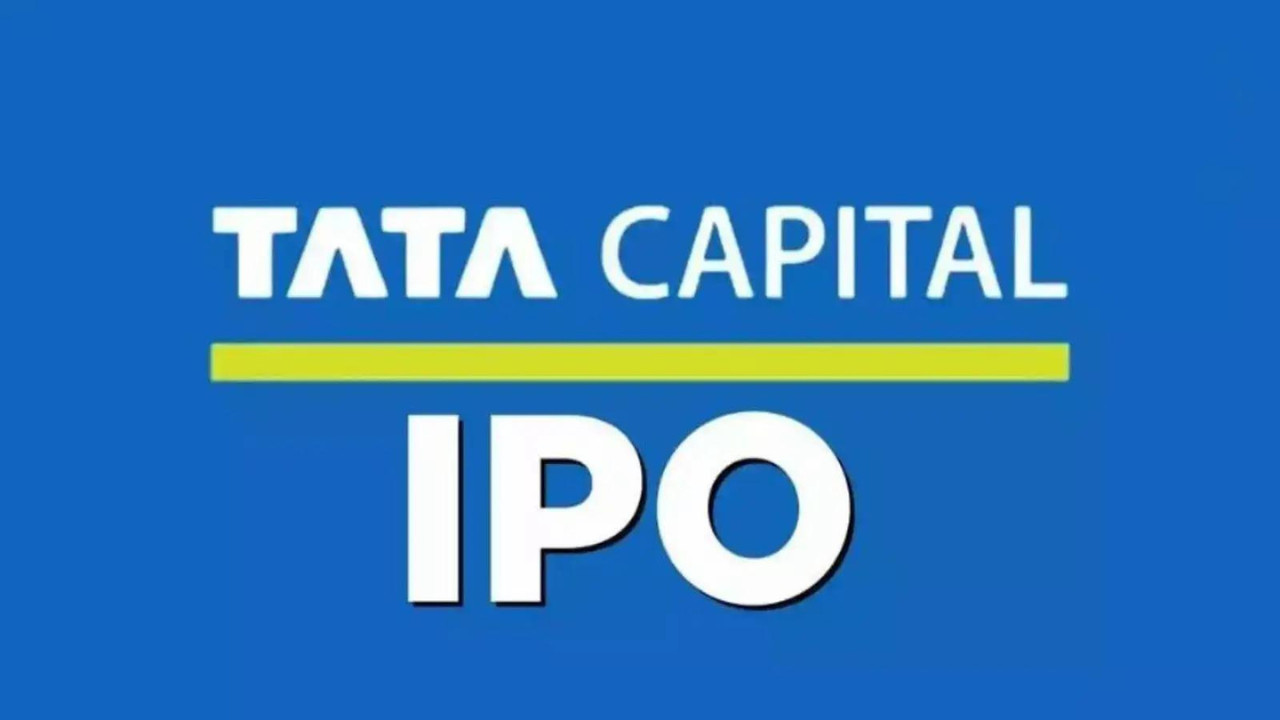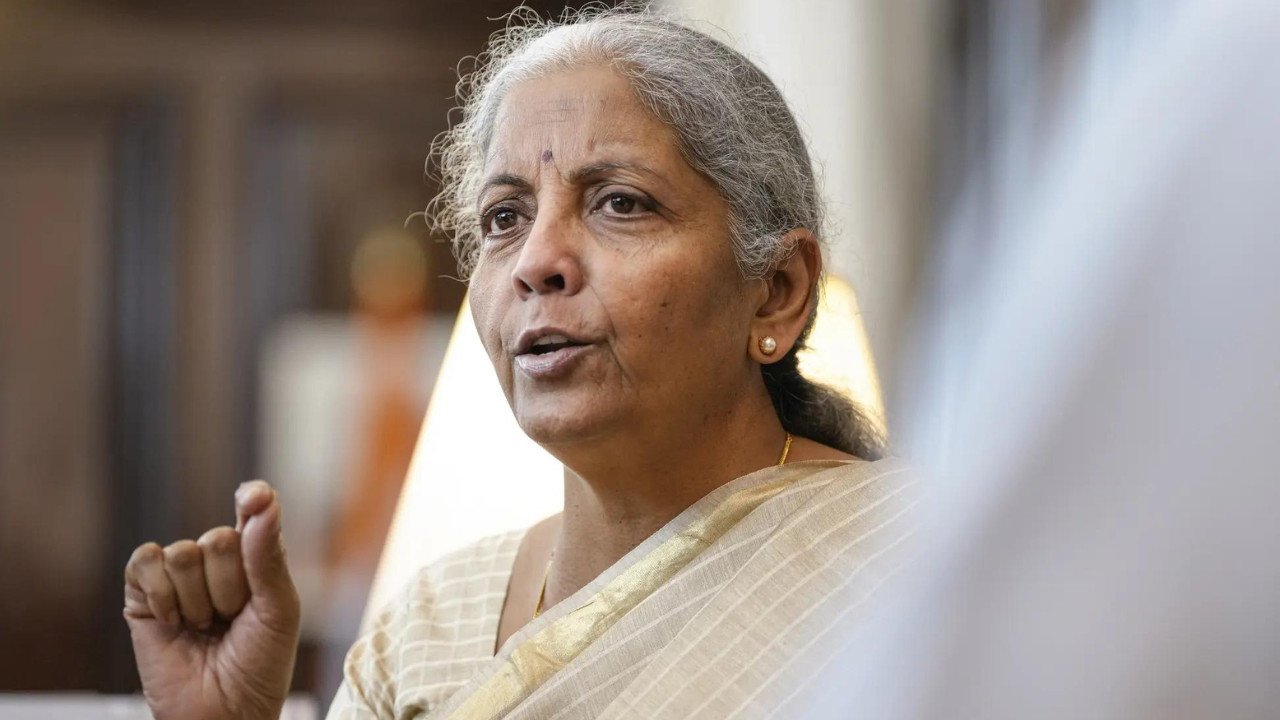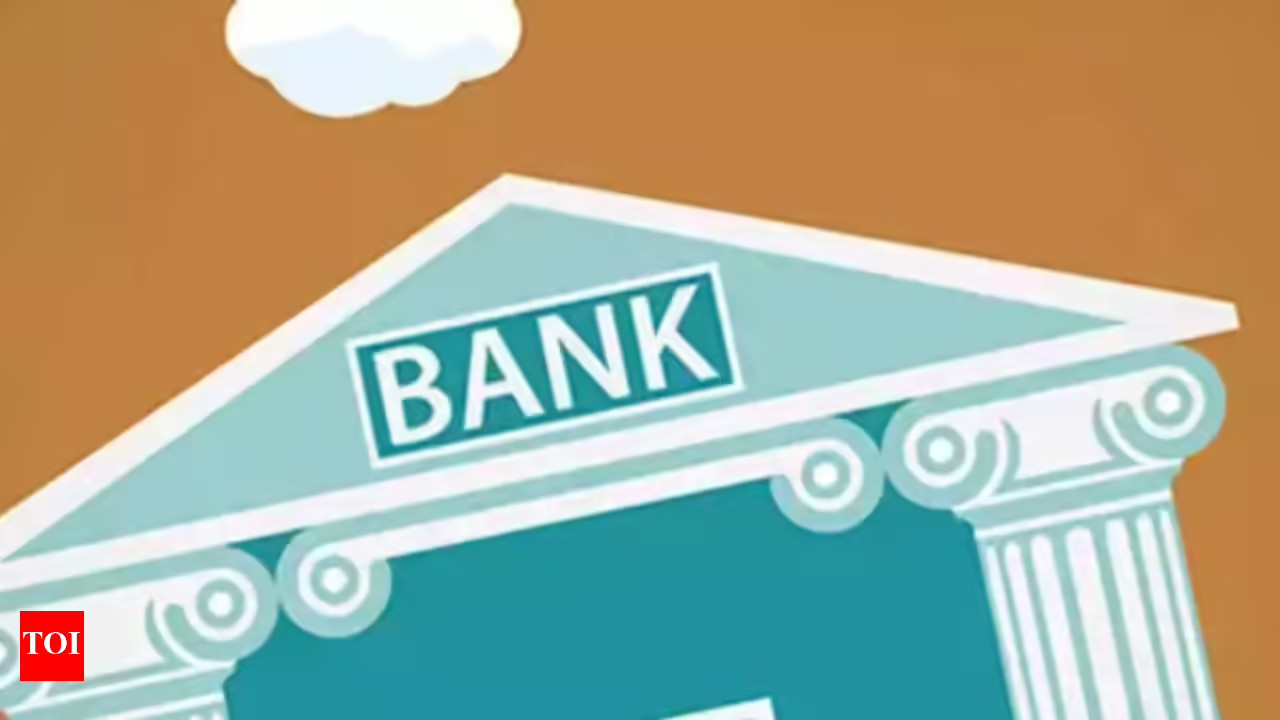India’s economic growth is projected to average 6.7% in the first quarter of FY26, fueled by government spending and a resilient services sector. While economists anticipate a slight moderation from the previous quarter due to weaker industrial activity, strong domestic demand is expected to cushion against external challenges. Annual GDP growth is estimated at 6.3%, slightly below the RBI’s projection.
Navigating India’s Economic Seas: Is Smooth Sailing Ahead?
The Indian economy, a vast and complex machine, is constantly under scrutiny. We’re all eager to know: where is it heading? Recent whispers from the financial soothsayers suggest we’re on a steady, if not spectacularly rapid, course. A recent poll points towards a 6.7% growth rate for the first quarter of fiscal year 2026 (Q1 FY26). This figure, notably, aligns closely with the Reserve Bank of India’s (RBI) own projections. But what does this all really mean for the everyday Indian and for the future of the nation?
Decoding the Numbers: What Does 6.7% Growth Really Mean?
Economic growth isn’t just an abstract number to be bandied about in boardrooms and financial publications. It’s a reflection of the dynamism of our businesses, the purchasing power of our consumers, and the overall health of our economic ecosystem. A growth rate of 6.7%, while not as explosive as some might hope, signals continued expansion. It suggests that businesses are investing, people are spending, and the wheels of the economy are turning.
However, it’s crucial to understand the quality of this growth. Is it broad-based, benefiting various sectors and income groups, or is it concentrated in a few pockets of the economy? Are we creating enough jobs to absorb the growing workforce? These are critical questions that need to be addressed to ensure that economic growth translates into tangible improvements in the lives of all Indians. This percentage represents one quarter, but a careful examination of the broader picture is needed to paint a truly accurate portrait of India’s burgeoning market.
Factors Steering India’s Economic Trajectory
Several forces are currently shaping India’s economic trajectory. Global economic conditions, of course, play a significant role. Fluctuations in commodity prices, geopolitical tensions, and the economic performance of major trading partners all have a ripple effect on the Indian economy.
Domestically, government policies, infrastructure development, and the strength of the financial sector are key drivers. The government’s continued focus on infrastructure spending, particularly in areas like transportation and renewable energy, is expected to provide a boost to economic activity. Similarly, a stable and well-regulated financial sector is crucial for channeling investment and supporting businesses.
Moreover, factors like monsoon patterns and agricultural output have been known to influence the growth rate, and should be carefully considered when reviewing economic projections.
Potential Headwinds and Tailwinds
No economic forecast is without its caveats. The Indian economy faces potential headwinds that could derail its growth momentum. Inflation remains a concern, and the RBI will need to carefully manage monetary policy to keep prices in check without stifling growth. Global uncertainties, such as trade wars or a slowdown in major economies, could also impact India’s exports and investment flows.

On the other hand, there are also potential tailwinds that could propel the economy forward. A successful implementation of key reforms, such as those aimed at improving the ease of doing business and attracting foreign investment, could unleash significant growth potential. A rebound in global demand could also boost India’s exports and support economic activity. This, coupled with strategic investments in key sectors, could positively influence India’s overall growth.
Is India on track to become a $5 Trillion Economy?
The ambitious goal of becoming a $5 trillion economy has been a recurring theme in Indian economic discourse. Achieving this milestone will require sustained high growth rates over the next few years. While a 6.7% growth rate is a step in the right direction, it may not be sufficient to reach the $5 trillion target within the initially envisioned timeframe. However, with strategic policy interventions and a favorable global environment, it is still an achievable goal.
The path forward requires continued focus on improving productivity, attracting investment, and creating a conducive environment for businesses to thrive. It also demands a commitment to inclusive growth, ensuring that the benefits of economic progress reach all segments of society. More information about similar projections can be found in our prior articles.
Navigating the Future: A Call for Prudent Optimism
The projected 6.7% growth rate for Q1 FY26 paints a picture of steady progress. While it’s not a cause for unbridled celebration, it signals resilience and continued momentum in the Indian economy. This growth rate also signals a strong baseline for future gains.
However, it’s crucial to remain vigilant and address the challenges that lie ahead. By carefully managing risks and capitalizing on opportunities, India can navigate the complexities of the global economy and achieve its full potential. The key lies in a blend of prudent optimism, strategic policymaking, and a relentless focus on creating a better future for all Indians.







